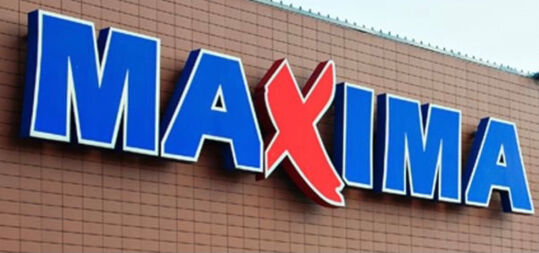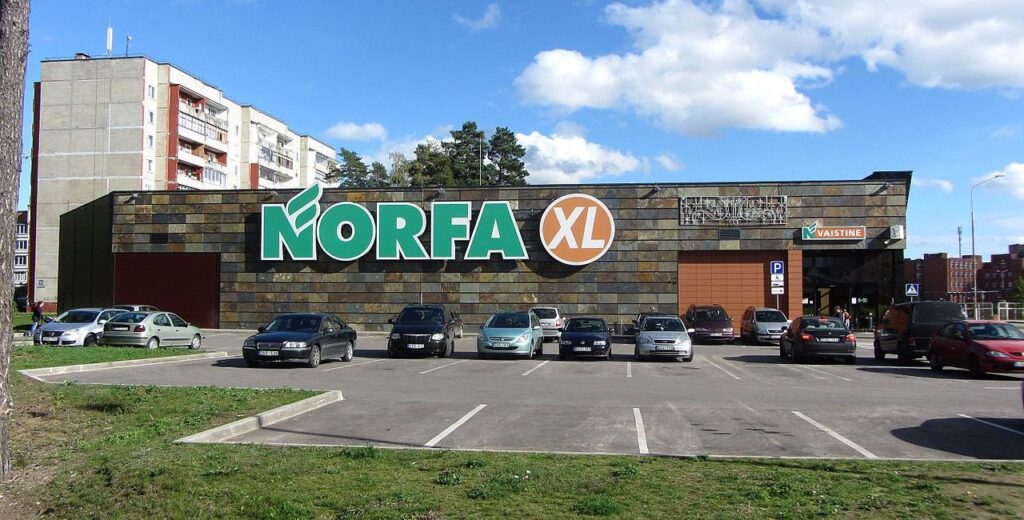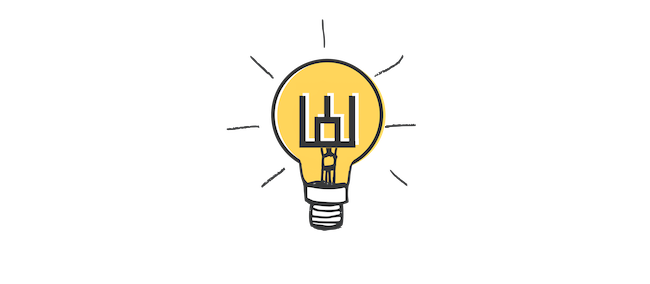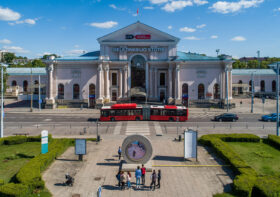The Main Supermarkets Of Lithuania

Arriving in a new country can come with a lot of new challenges: The cars might drive on the other side of the road, the type of money you use might be different, and where you get your groceries will also change.
In this article, let’s look at the main supermarket chains in Lithuania and explain how they work and which store might be the best for you!
So in Lithuania, there are five main supermarket chains that you’ll find in any big town. These are:
- Maxima
- IKI
- Rimi
- Norfa
- LIDL
There’s also the chain of stores known as Aibė. These tend to be much smaller and so it’s questionable if they could be considered ‘supermarkets.’ They’re slightly larger than convenience stores (like Narvesen), but Aibė shops are definitely not as large as the other store chains listed.
While you’ll most certainly find all five of the major chains in Lithuania’s larger cities, smaller towns might only have two or three out of the five. Of course in the largest cities like Vilnius and Kaunas, there will be all five of these stores – and even multiple versions of them too, with the largest of these having their own in-house bakeries.
Maxima
You’ll recognize Maxima by its red, white, and dark blue branding. The company’s stores are divided into four sizes: one x, two xs, three xs, and four xs. The idea is pretty simple: The more Xs on a store, the larger it is. The larger it is, the more selection and the more services you have to choose from.
In practice, this means a one-x Maxima would typically be the size of your small neighborhood market, while, on the other side, your three and four-x Maximas are big, big supermarkets with more departments and larger selections. Interestingly, at the time of writing this article, there is only one 4-x Maxima in the country, which you’ll find at the Akropolis shopping center in the Northern part of Vilnius.
Maxima’s loyalty and discount card is called Ačiū. Signing up for this will give you a very small percentage of cash-back on your groceries, and discounts on certain items at checkout.

IKI
Another major chain is IKI, recognizable by its yellow and green branding. Unlike Maxima, IKI stores seem to only have two size levels: the smaller IKI express, which is like a neighborhood market- and the regular, non-express IKI. In this category, the size varies greatly, from really big down to something slightly bigger than a neighborhood store.
IKI’s loyalty card is called IKI Premija, which costs around 1 euro (or less). This card will give you their special discounted pricing but doesn’t have any kind of points or cash-back system.
The thing I don’t like about IKI is how prominent their member’s-only pricing is. For foreigners and those new to IKI, it can feel deceiving when you pay for your items and get charged full price. But if you have a Premija card- and remember to bring it with you- then it’s not a problem at all!

Rimi
The third chain is Rimi, which you’ll recognize by it’s mostly red branding. There are three sizes of Rimi: The smallest is Rimi Express while the largest are called Rimi Hyper. In between is your regular middle sized Rimi supermarket, which is sometimes labeled Rimi Super. Apparently there’s also Rimi Mini, but I’ve yet to see these in Lithuania.
While some say it’s the most expensive of the supermarkets – I find that it definitely depends on what you’re buying and when you’re buying it. In my experience, Rimi’s prices are quite similar to its competitors.
Getting a Rimi card will cost about 1€ and gives you 1% cash back to spend at the store. You’ll also get special prices on certain products. The app for the store is free which also provides you with special offers at checkout.

Norfa
The fourth store is Norfa, which is recognizable by its green and orange branding. Norfa has five different types of stores- appropriately named using sizes you would associate with clothing. The five sizes from smallest to largest are S, L, XL, XXL, and Hyper.
With the Norfa card, discounts are converted to Norfa euros that can be accumulated and used to pay for up to 50% of a product’s price. The price of this card is a little higher than the others, currently coming in at around 3 euros.

LIDL
Finally, there’s the German chain known as LIDL. While the other supermarkets don’t have a distinction between discount and luxury, LIDL makes it clear that they are all about offering the lowest prices. In many cases, this turns out to be accurate.
This is achieved in two main ways: Lower selection and simpler store presentation. LIDL offers the basics of groceries. However, if you need something specific – or prefer to have more variety in the brands that are offered, this store isn’t for you.
Just like other LIDL stores around the world, the company has its “LIDL in the middle” section- which is a random assortment of items that are sold at low prices for a limited amount of time. Every week or so, this selection of items changes.

The company launched its own loyalty program, LIDL Plus, in Lithuania in 2021. This is an app-based program, which is free to join. Discounts and special pricing is offered to LIDL Plus members, and is activated when you scan your app at checkout.
I should note that LIDL in other countries, like the UK, has a more lower-class vibe to it. But in Lithuania, it’s not a store that you’d exactly be embarrassed to be seen at.
Which store should you choose?
So which supermarket is the best? Well in my own experience, I shop at all of them. The prices at most stores are similar, and it usually depends on where I am in the city and which store is the closest to me. Sale prices are always fluctuating between stores and this will be the bigger variable for getting the best deals. Most (but not all) stores also have self-checkout kiosks, making it less necessary to know/speak Lithuanian. Sometimes, fruits and vegetables won’t be translated to english in their systems, so you’ll need to at least take note of some product names!
However, if you’re looking for the lowest prices for basic food items, then LIDL is usually your best bet. For the other four stores – I think it will depend on where you live in the city and which loyalty program you like the most.
On a personal note, I should say that the one Rimi I usually shop at sometimes shows ‘sale prices’ that are out-of-date or misplaced. This often results in me thinking that I’m getting an item for one price, and then scanning it at checkout and realizing its higher. I don’t want to accuse the store of doing this intentionally, but it definitely seems suspicious given how often this happens. But, just mentioning this as an anecdotal piece of advice to check your prices carefully!
*One last point: What I like about the supermarkets in Lithuania – or at least in the big cities – are the hours of operation. Most stores are open 7 days a week, from 8 or 9 in the morning (or even 07:30) until 10 or 11 at night. One Maxima was even open 24/7. This 3-x store, located in the Naujamiestis neighborhood of Vilnius, on Mindaugo street, has since reduced its hours and closes at midnight. With hours changed due to the pandemic, we’ll have to wait and see if they go back to being a 24-hour operation!
Hopefully, this article gives you a solid introduction to the main supermarkets in Lithuania. If you’re already familiar with these stores, which one is your favorite- and why? Leaving a comment and let us know!



